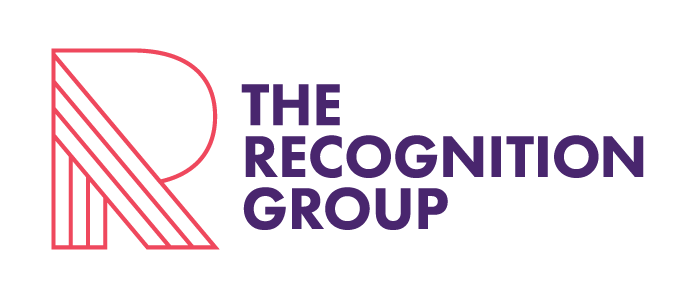Surprise events: a recipe for disaster
By managing director Adam Benson
One of the things fast moving consumer goods (FMCG) and consumer packaged goods (CPG) companies can teach B2B marketers to do better is research.
When your business focuses on creating and then moving millions of units into market, the stakes are high if you get it wrong. Not only can your brand take a very visible hit, your bottom line can take a beating too. A warehouse full of products no-one wants is a financial disaster by any measure.
So what do these companies do before going to market? They research. They do their utmost to understand exactly how products are going to be received before they start the marketing engine.
How does this translate into B2B marketing exactly? In my experience companies don’t research events well enough before they go to market.
B2B marketers constantly lament the high drop out rates, poor attendance numbers or general lack of interest in their events – but often there has been very little research done with the target audience prior to the event being launched.
The usual response to a poor showing to an event is to work backwards trying to analyse what went wrong and identify lessons for next time. Was it timing, topic, data base, marketing execution, attendance driving, design and graphics, location, time of day, city, speaker or something else?
What’s the problem with doing retrospective analysis on events? It’s really hard to know exactly why it didn’t go well. There’s usually feedback from the call centre doing the attendance driving and, if the sales team has been engaged, some anecdotal feedback based on the conversations they had with customers. Overall it’s mostly hearsay. It also comes down to the experience of different marketers. Some just have a natural instinct (and the experience usually) for putting on great events and can judge the topics and tone that will bring in the punters. Others really don’t.
So here’s one quick idea that might be worth trying before launching an event – test the market first. The simplest way to do this is to ring a sample of the people you were planning to invite and run the concept by them. The larger your sample, the greater the confidence you can have in what your research tells you. The cost to run a small pilot will be nothing compared to the expense (in time and production) of putting on an event.
And if you can’t reach most of your target market when making your pilot calls – then that’s probably telling you something too. Your selected market may be harder to pin down when it comes to engaging them in your event marketing. If calls aren’t working – try some targeted, personal emails and see if that works. Same deal, if you can’t get a response that way either – then it’s likely they aren’t going to respond to a less personalised event invitation either.
Marketing events isn’t a perfect science – but there is some science we can apply to predict the likely appeal of B2B events before they are launched into the market.
